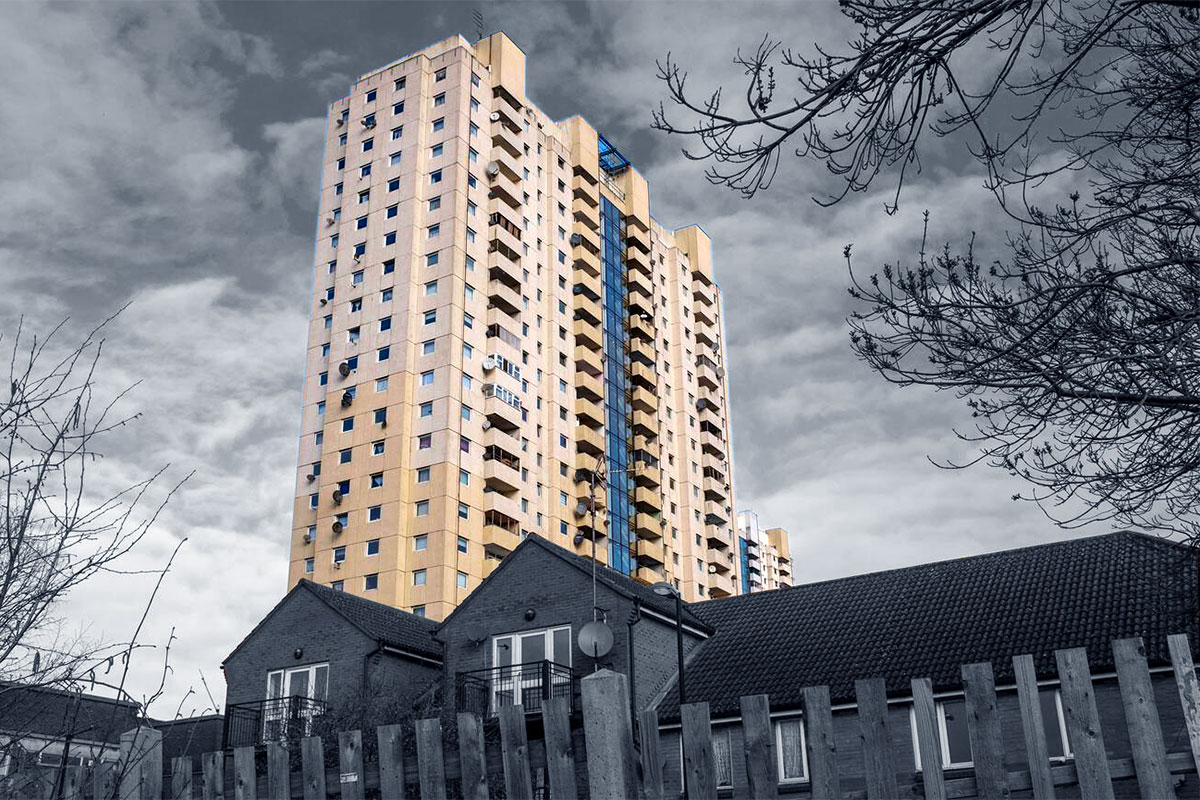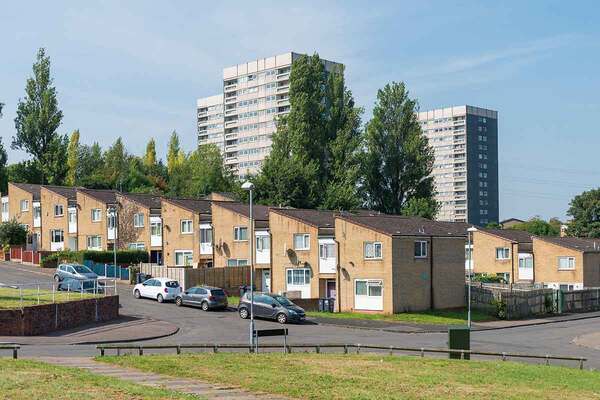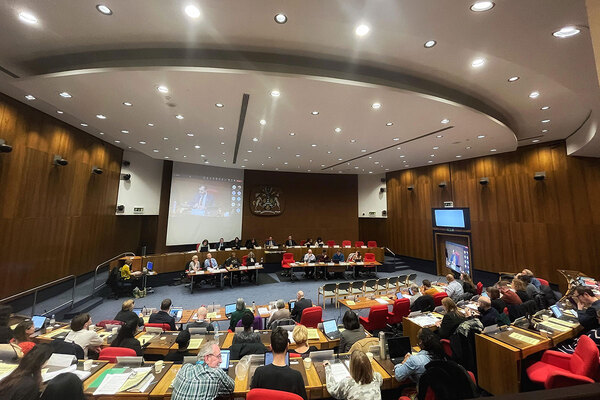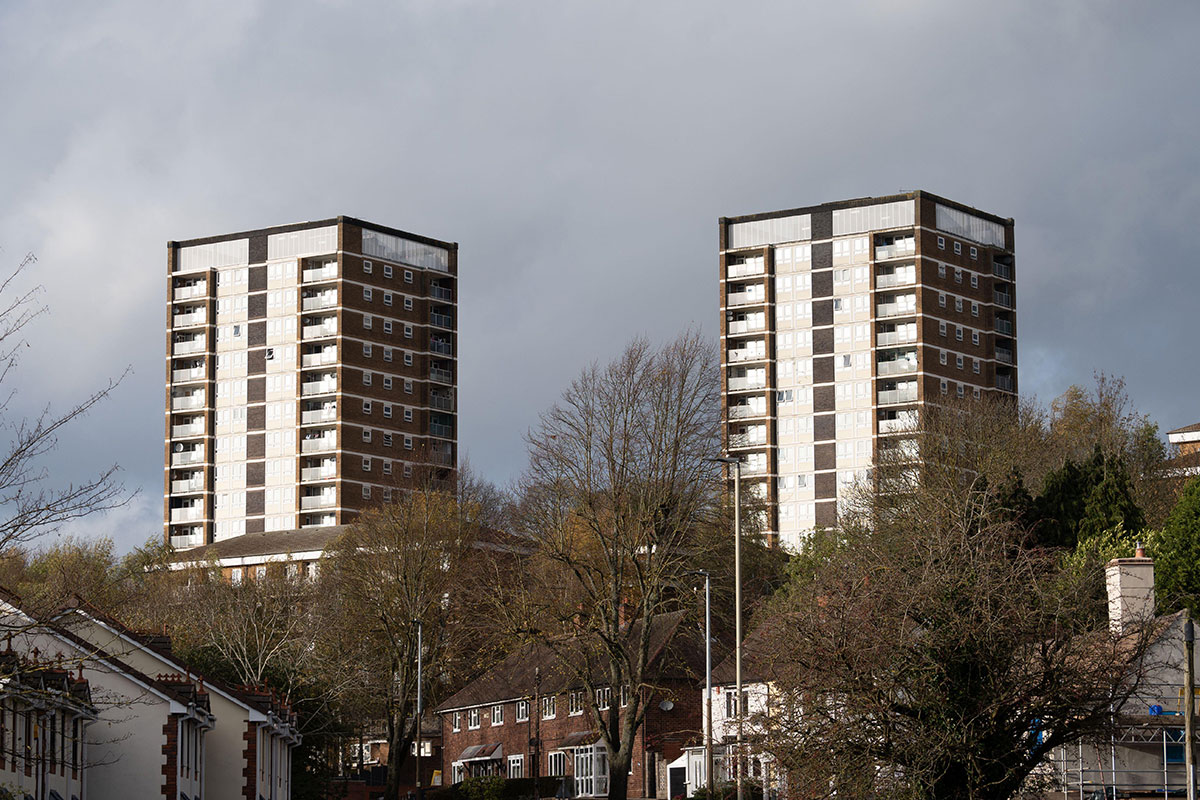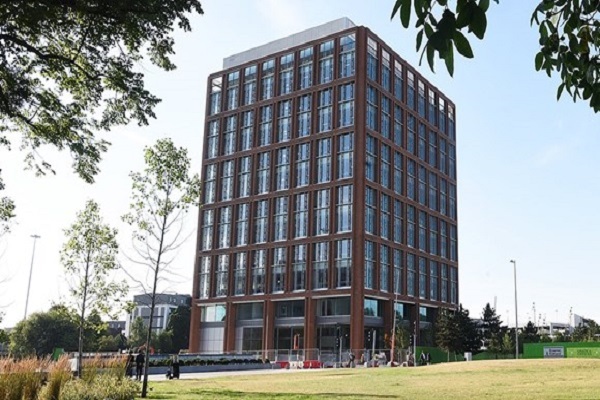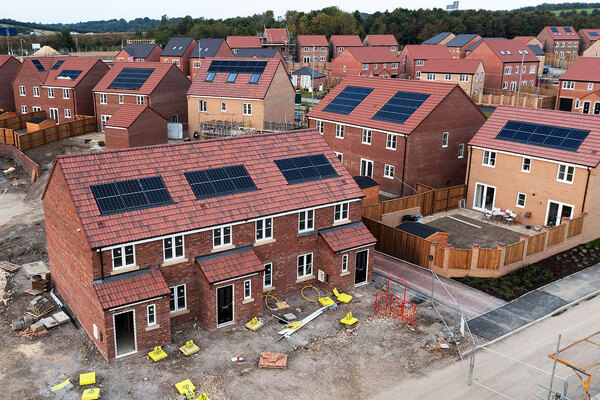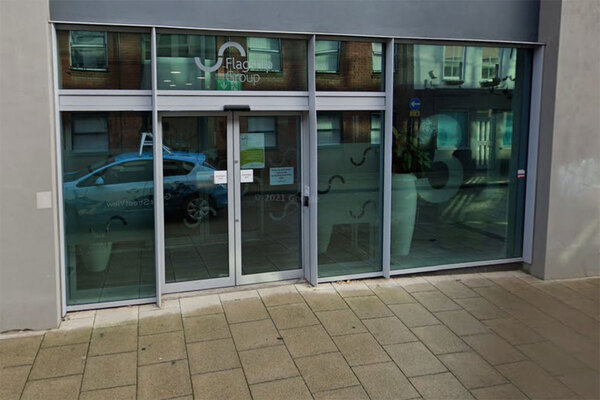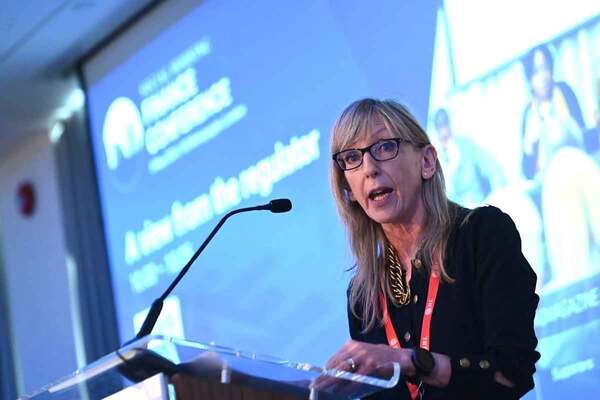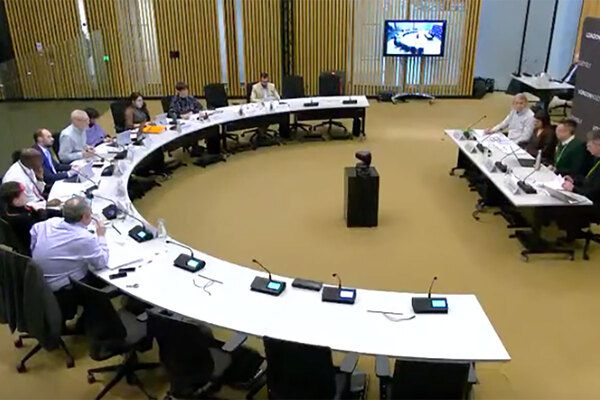Inside Housing Board Member Briefing: ‘safety cases’ for high rises and the next step in building safety regulation
The next stage in England’s new building safety regime is set to begin, with the Building Safety Regulator able to call in “safety cases” for high rises from April. Peter Apps explains how boards should prepare
New regulatory responsibilities which will change the nature of social housing management in England are coming into effect in April. We all know that, right?
Well, yes – but many of you may have been thinking of the Regulator of Social Housing and its new consumer powers, rather than the latest stage in the launch of the Building Safety Regulator (BSR).
As of April, the new regulator – currently based within the Health and Safety Executive (HSE) – will begin calling in and reviewing the building safety cases for high-rise residential buildings (at least seven floors or 18 metres in height). This will be a new era of regulatory oversight for those social landlords with high rises, so in this month’s Board Member Briefing we look into what board members should be doing to prepare.
The new regime required social landlords to register their high-rise residential buildings with the regulator in October. They now have until 5 April to get their building safety case ready and their tenant engagement strategy for the buildings up and running. The cases will then be called in and reviewed in tranches by the regulator, starting in April.
So what should boards be doing to ensure their organisation is on track to meet these responsibilities?
“I would always say to people on boards, you need to be curious. Non-executives are going to be presented with information, facts, figures, data, policies, and they need that attribute of being curious to ask questions, not to take on face value everything that they’re seeing,” says Philip White, director of building safety at the HSE.
“We have a mantra at the HSE in relation to worker health and safety: plan, do, check, act. That mantra holds very true for the built environment as well. You want boards to challenge the executives to ensure they have got that sort of process in place.”
Kathryn Kligerman, a partner at law firm Devonshires, adds that board members need some clear training on what the obligations mean for their organisations.
“They need to ensure that they have a sufficient understanding of the obligations and not just leave it to the executive team and the management,” she says. “Once they have that understanding, it’s then about following on and making sure that there’s a procedure in place to actually discharge them.”
The major obligations surround safety cases. Preparing them is a tough task which involves getting various assurances about the safety of the building, compiling them, addressing anything that needs doing and producing the final report. It is largely up to each organisation to work out how to apply this.
“The BSR has been really clear that there won’t be any templates,” says Amanda Stubbs, a partner at law firm Trowers & Hamlins. “The whole point is to conduct a risk-based assessment on the specific building and a template doesn’t do that.”
The safety case then needs to lead to a ‘safety case report’ that summarises the safety case for the building.
“The safety case report shouldn’t read like a technical document. It should read almost like an argument that is convincing us that the building is safe,” she adds.
Mr White says he would not be expecting board members to read the individual cases, but instead to be assured that the process for producing them is sound.
“I don’t think you’d expect non-executives to be poring over the detail of every safety case,” he says. “It’s about making sure you are comfortable that the arrangements are in place for the business to get that right, and there is some peer review and internal challenge of the executives or the staff who are doing this work.”
High volumes of work
He adds that getting too hung up on the document would be a mistake. “It’s not about producing glossy paperwork to satisfy the regulator. This is about how you are managing those issues day to day,” he says.
It is likely that some will not have all their safety cases done by April. For those with a large portfolio of buildings, the volume of work was large, the timescales have been short and the experts in high demand.
“I suspect there are a lot of organisations that are way behind getting everything done for April,” says Ms Stubbs. “Those that are registered but don’t consider themselves higher risk may not be ready for that deadline, knowing they won’t get called in straight away.”
How should a board member respond if this deadline is going to be missed?
Key briefing points
- Board members should be familiar with the obligations under the new regime and challenge executives to ensure they are met. Plan, do, check, act is the mantra of the HSE.
- Safety cases must be complete by April. If this is not going to happen, boards need to have asked the executives to explain and ensure they have an action plan to meet the requirements.
- The regime requires organisations to manage risks. If issues cannot be fixed immediately, mitigations should be put in place to reduce the risk.
- The new regime has potential for individual liability, but this is a high bar and it is unlikely to attach to individual board members.
“My view from a strictly legal position would be it needs to be done by April,” says Ms Kligerman. “As a board, they need to be putting pressure on the executives and not just accepting a delay. The board needs to ask why and record the answer, and to have a programme for when it is going to be done and an action plan to get there.”
Mr White from the HSE cautions that while the BSR has said it will start with the highest-risk buildings – likely to be large-panel system blocks and those with dangerous cladding – there is nothing stopping it from calling in lower-risk buildings from April.
“While we’re prioritising the buildings by risk, we can call people in at any time,” he says. “If I was a non-executive director, I would be concerned to hear reports we’re not going to be ready for April. I would say: ‘Please explain what are the risks we’re running here?’ Not just the legal risk of not being in compliance with the Building Safety Act, but the risks of the day-to-day management of these buildings in terms of the fire risks, and the structural risks.”
If the building safety case is not ready, the BSR can issue a notice requiring social landlords to take steps to comply with the requirement. Failure to comply would be a criminal offence, punishable with two years in prison, and/or a fine of £200 a day when the default continues after conviction.
One issue boards will have to navigate is that not all the risks in high rises can be fixed immediately. The regulator wants risks to be identified and managed, even if they aren’t fixed immediately. “You can’t eliminate risk in the built environment. But it’s going to be managed in a sensible, proportionate way,” says Mr White.
“One of the positives about UK health and safety law is that it’s largely risk-based,” says Ms Stubbs from Trowers & Hamlins. “You can identify a risk and manage it in different ways; it’s generally not prescriptive. So you can wait for two years to do work that is a high priority if you can find another way of managing those risks. But what you can’t have is people living with a high risk without finding an alternative way to manage it if you’re not going to fix it any time soon.”
The sector must also be mindful that new obligations apply outside the world of 18-metre buildings. For example, fire door checks kick in at 11 metres. And all landlords with multi-occupied blocks are obliged to be doing more to notify tenants of fire safety measures.
One thing that may particularly focus the minds of board members is the potential for individual liability for breaches. The law allows for individual directors to be prosecuted if an organisational breach happened with their “consent, connivance or neglect”.
“It doesn’t automatically mean that if an organisation commits an offence, there will be a personal liability there. The bar is quite high – so we don’t want people to panic,” says Ms Kligerman. “You would have to be found to have agreed to the conduct giving rise to the offence, or you know about it and ignore it. But these penalties are there because these things are so important.”
Since penalties can include unlimited fines or up to two years imprisonment, this should focus minds, but so should the gravity of what is being dealt with. Organisations will often tell the media that resident safety is their “number one priority”. This regime gives boards the opportunity to ensure that sentiment is precisely what is practised.
Detail on the new roles and responsibilities is available here. Guidance on resident engagement is here.
Boards@Housing gives all board members, committee members, councillors and non-executives the chance to visit Housing 2024 as a delegate on Thursday 27 June FREE of charge. Find out more by clicking here.
Inside Housing’s Board Member Briefing series
The Inside Housing Board Member Briefing series aims to help board members at housing providers get up to speed with their role in a fast-changing world, but are also for everyone else engaged in the running of social housing businesses who want to stay on top of the key issues of the day. Click below to read other briefings in the series.
Lessons from the Grenfell Tower Inquiry report
The inquiry into the Grenfell Tower fire has concluded. Peter Apps distils what board members at social landlords should take away from it
Preparing for a cyberattack
Cyber security is one of the sector’s biggest strategic risks but is often overlooked by boards focused on service delivery and financial stability. Peter Apps explores what boards need to know and how mitigating the risk of attack can improve performance more generally
Dealing with a financial crisis
More housing associations are likely to get into financial difficulty. How should board members prepare, and how should they respond if their organisation is struggling? Peter Apps reports
High rises and building safety regulation
The next stage in England’s new building safety regime is set to begin, with the Building Safety Regulator able to call in “safety cases” for high rises from April. Peter Apps explains how boards should prepare
Mergers
Peter Apps looks at housing association mergers and the process behind them
Tenant board members
Peter Apps looks at how tenant board members can add value to the governance of an organisation
Development risk
Peter Apps looks at how the boards of housing providers can manage development risk in a difficult operating climate for the housing sector
Consumer regulation
Peter Apps, looks at the forthcoming consumer regulation regime
Sign up for our fire safety newsletter
Already have an account? Click here to manage your newsletters
